Trump later told a New York Times reporter that he remembered that on that occasion no one mentioned the name of 85-year-old Othmar Ammann, designer of New York's famous bridges for more than 50 years. "I realized then and there that if you let people treat you how they want, you'll be made a fool," he told the Times. "I don't want to be anyone's sucker."
That helps explain why Trump has plastered his name on his hotels and private airliner. But it also raises this question: What was Donald Trump, an 18-year-old Fordham freshman, doing in a select crowd of celebrities?
The answer is that Trump's entire life has been marinated in politics. His father, Fred Trump, made millions building apartments in Brooklyn and Queens. It didn't hurt, when it came to land assembly and public subsidies, that he was a key supporter of Brooklyn machine Democrats and a close friend and ally of Abraham Beame, city comptroller in 1964 and later mayor.
A decade later Donald Trump, at 28, basically took over the family business and focused it elsewhere. New York City, plagued by violent crime and high taxes, lost 1 million people in the 1970s. Building apartments in the outer boroughs was looking like a sucker's game. Getting a toehold in Manhattan at the market's trough, to profit when it glittered again, looked like -- and was -- a winner.
It helped that Beame was elected mayor in 1973 and that Hugh Carey, for whom the Trump family provided major financial backing when he was an underdog in the primary, was elected governor in 1974. Donald Trump wangled a stake in the Commodore Hotel next to Grand Central Station using, as big developers do, OPM (other people's money) with key assists from the Beame and Carey administrations.
Recommended
Trump's lavish self-praise and wild unpredictability, masking his long developed political acumen, makes him seem a unique political figure in American history. But maybe not completely unique.
Newt Gingrich compares him to Andrew Jackson, rich and smarter than generally thought, but regarded as a dangerous wild man by his predecessors Thomas Jefferson, James Madison and James Monroe. They were justifiably worried: President Jackson abolished the Bank of the United States, which the latter two supported, and, with the Indian Removal Act, ruthlessly shipped Native Americans West in a way Jefferson, Madison and Monroe never contemplated.
Another comparison is to Huey Long, the Louisiana governor and senator whose "Every Man a King" became a national bestseller. Franklin Roosevelt regarded him as a dangerous, possibly fascist rival. New Deal historians say FDR supported redistributionist taxes and Social Security to outflank him.
Long was a brilliant man who built a Mississippi River bridge, a state capitol and Louisiana State University in just months' time. It would be tantalizing to know what voters at the time thought of him. Unfortunately, he was murdered in September 1935, a month before Dr. Gallup conducted the first random sample scientific poll.
I submit another as Trump's precedent, a man on that podium in November 1964: Nelson Rockefeller. Rockefeller was considered an establishment Republican, but he operated entirely, as the title of Richard Norton Smith's magisterial and compelling biography of him says, "On His Own Terms."
He was sometimes lavishly liberal (his Medicaid program spent one-quarter of national funds), sometimes harshly conservative (mandatory sentences for drug offenses). He spent enormous sums building Albany's Capitol Mall and a state university system intended to rival California's. He raised taxes so much that someone said he spends the people's money as if it were his own.
Rockefeller was richer than Trump, a more gifted art and architecture patron and less given to boasting. He had a much longer public career, from running FDR's Latin American desk to being Gerald Ford's vice president. But through all that, he was regarded by insiders as an unguided missile, not subject to institutional constraint, seeking power to do whatever he wanted. Rockefeller was elected governor when Donald Trump was 12 and served until Trump was 27 and about to make his jump to Manhattan.
On that day at the bridge opening in 1964, did that 18-year-old freshman see a role model on the dais?


















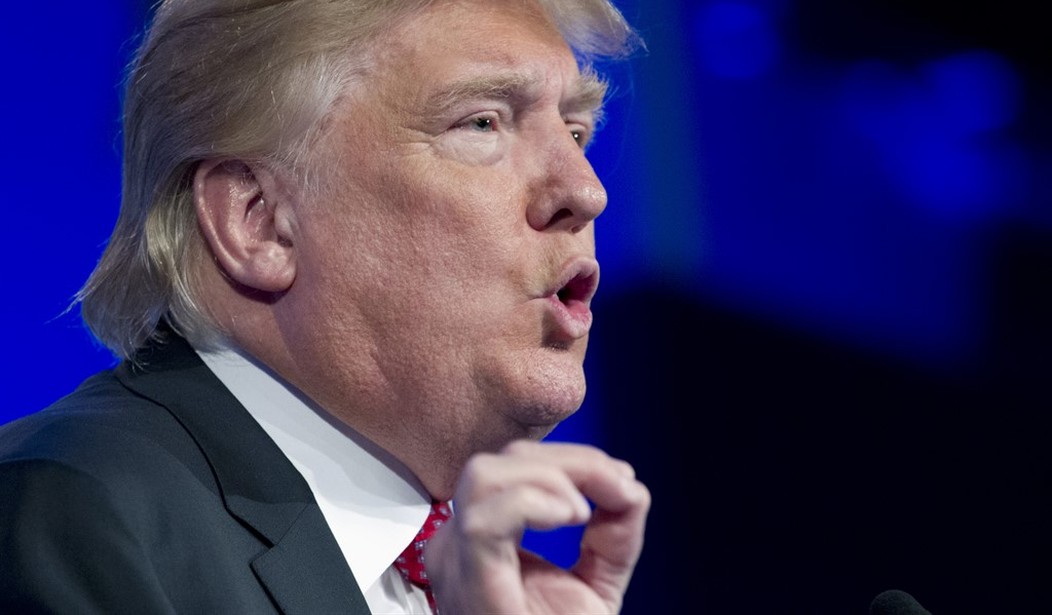
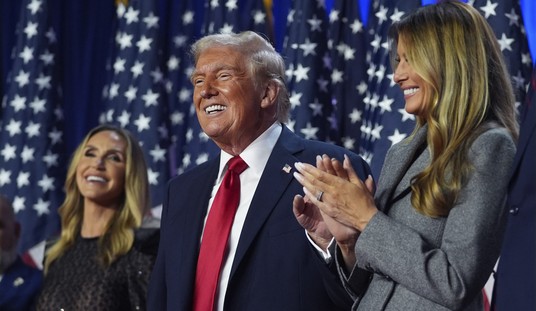
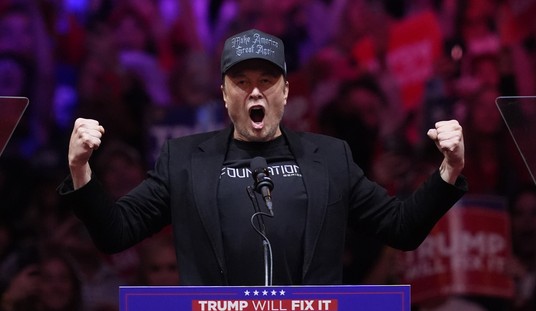

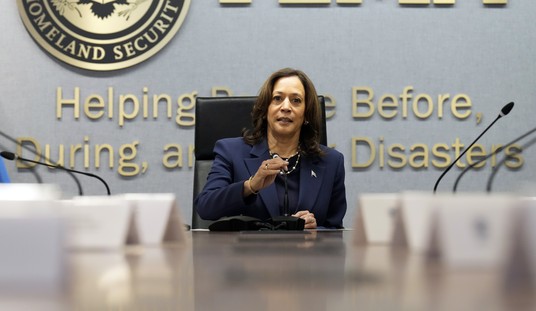
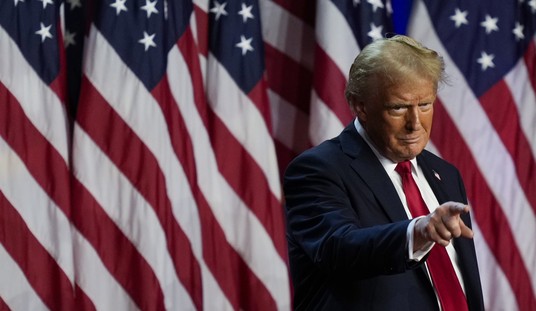
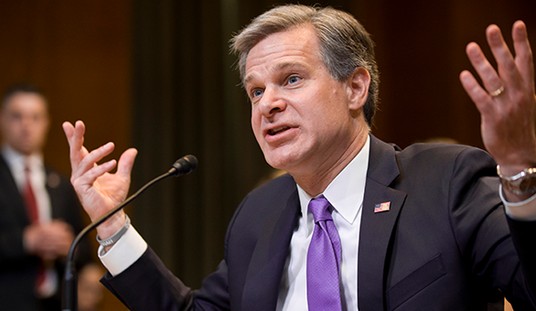
Join the conversation as a VIP Member